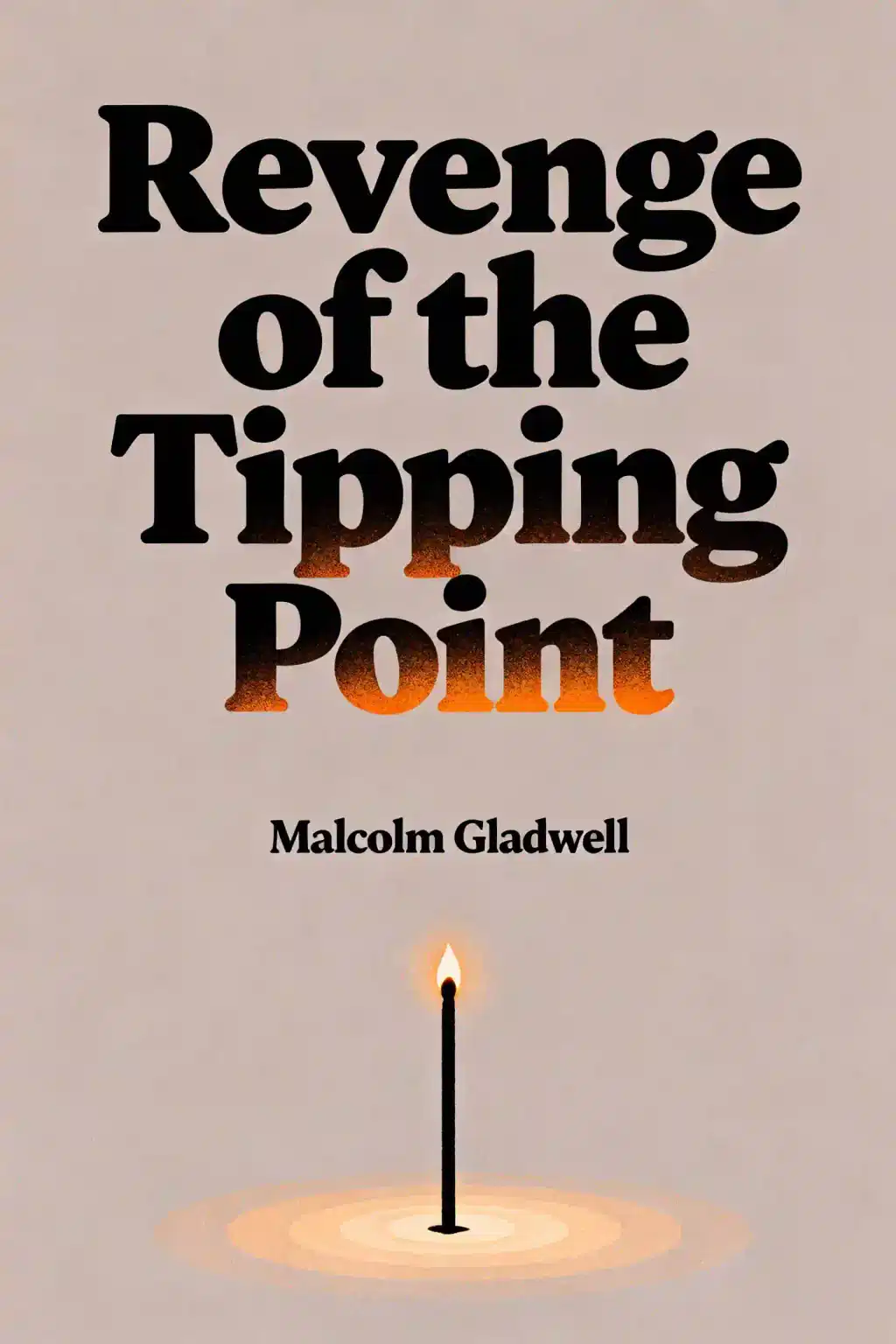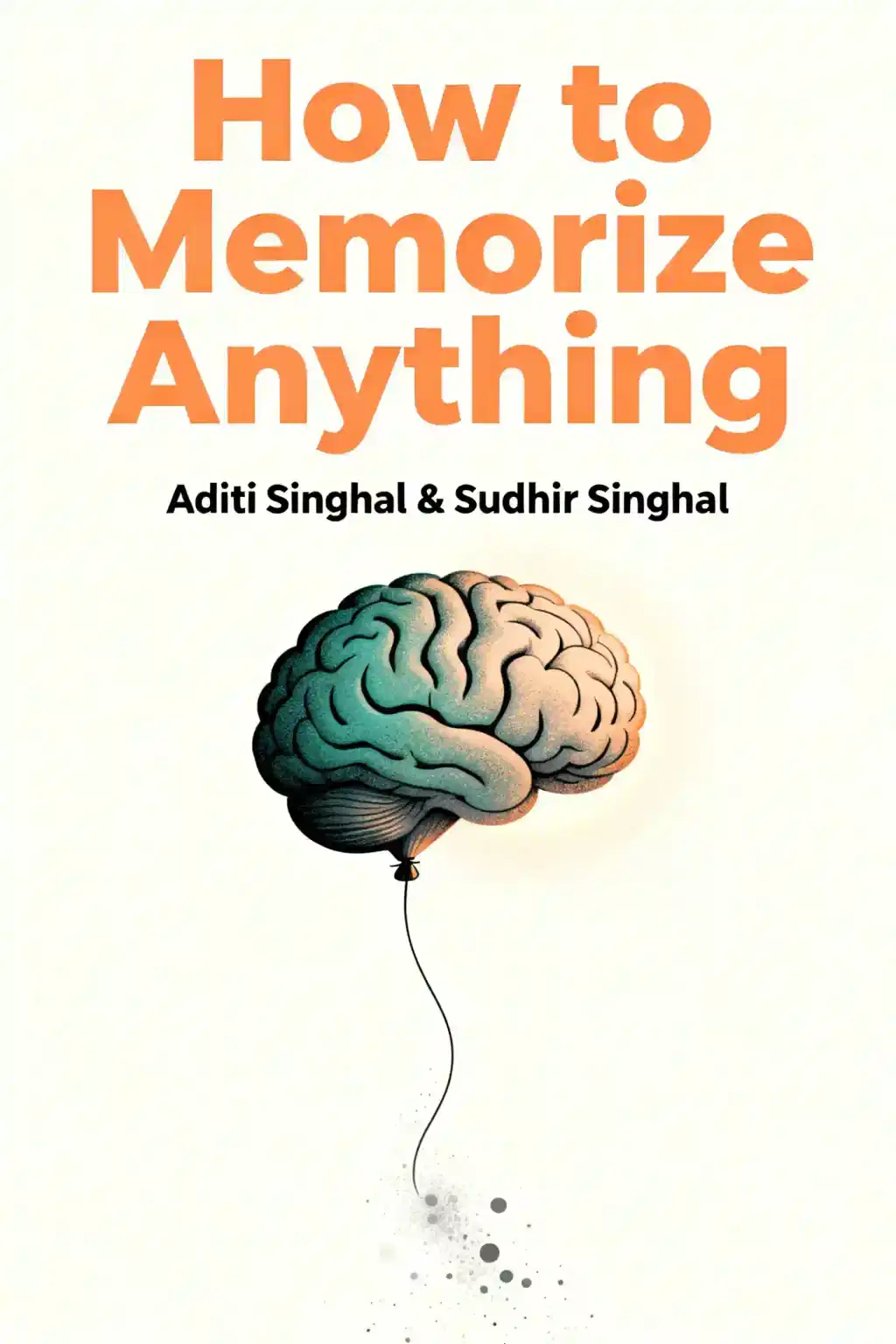
Salt, Fat, Acid, Heat by Samin Nosrat Summary
Transform your kitchen with the revolutionary philosophy that won James Beard and IACP awards. Nosrat's four-element approach captivated Michael Pollan, spawned a hit Netflix series, and made Alice Waters declare her "America's next great cooking teacher." Master intuition, not just recipes.
About the author
Samin Nosrat is the bestselling author of Salt, Fat, Acid, Heat: Mastering the Elements of Good Cooking, a groundbreaking cookbook that teaches home cooks the fundamental building blocks of flavor. Born in California to Iranian immigrant parents, Nosrat studied English at UC Berkeley before discovering her calling in the kitchen at the legendary Chez Panisse restaurant in 2000, where she trained under Alice Waters. Her approach to cooking emphasizes understanding core principles over following rigid recipes, making culinary technique accessible to cooks of all skill levels.
Nosrat is also a former food columnist for The New York Times Magazine, editor of The Best American Food Writing 2019, and co-host of the award-winning Home Cooking podcast, which Time magazine named one of the 100 Best Podcasts of All Time. Her latest book, Good Things: Recipes and Rituals to Share with the People You Love (2025), explores community and connection through food.
Salt, Fat, Acid, Heat won the 2018 James Beard Award for General Cookbook of the Year and was adapted into an Emmy-nominated Netflix documentary series. Nosrat was named one of Time magazine's 100 Most Influential People in 2019.
FAQs About This Book
Salt, Fat, Acid, Heat by Samin Nosrat is a revolutionary cookbook that teaches the fundamental principles of good cooking through four essential elements. Rather than focusing solely on recipes, Samin Nosrat explains how salt enhances flavor, fat delivers flavor and creates texture, acid balances dishes, and heat transforms ingredients. The book includes about 100 recipes with variations to help readers apply these principles to any cuisine.
Salt, Fat, Acid, Heat is ideal for home cooks of all skill levels who want to understand the "why" behind cooking rather than just following recipes. It's particularly valuable for beginner to intermediate cooks looking to develop cooking intuition and confidence in the kitchen. The book benefits anyone who wants to improvise meals, fix cooking mistakes, and create delicious food with any ingredients.
Salt, Fat, Acid, Heat is absolutely worth reading, having won the 2018 James Beard General Cookbook of the Year and named one of the "Best Cookbooks of the Century So Far" by The New Yorker. Readers consistently praise how it transforms their cooking approach and builds genuine culinary confidence. Multiple reviewers describe it as a "must-read" that changed how they think about food, making it one of the rare cookbooks worth reading cover-to-cover.
The four elements in Salt, Fat, Acid, Heat are the foundational building blocks of flavor in all cooking.
Salt enhances and brings out hidden flavors in food. Fat carries flavor and creates texture through ingredients like butter, olive oil, and animal fats. Acid balances dishes and makes flavors stand out, using ingredients like vinegar, citrus, and wine. Heat is the conductor that transforms ingredients through different cooking methods.
Samin Nosrat explains that salt has a greater impact on flavor than any other ingredient, with different salt crystal shapes behaving differently when cooking. She emphasizes salting "from within" by seasoning ingredients early and for as long as possible, rather than just at the end. The book teaches readers about various types of salt and when to use each one, with one reviewer discovering they'd been "using the wrong salt this whole time".
In Salt, Fat, Acid, Heat, Samin Nosrat teaches that fat serves dual purposes: as a cooking medium and as a seasoning to deliver flavor. The book explains how different fats behave uniquely—butter adds texture to baked goods, seed oils provide neutral flavor, olive oil enhances salads, and animal fats withstand high temperatures. Nosrat emphasizes using fat as a flavor carrier throughout cooking, not just as an afterthought.
Salt, Fat, Acid, Heat covers essential techniques like proper pan heating before adding ingredients, bringing meat to room temperature, and briefly boiling vegetables instead of just roasting. Samin Nosrat teaches how to make bright vinaigrettes, perfectly caramelized roast vegetables, tender braised meats, and flaky pastry doughs using the four element framework. The book includes illustrated walkthroughs that demystify professional cooking techniques for home cooks.
Salt, Fat, Acid, Heat contains valuable information for vegetarians despite being somewhat meat-heavy with numerous chicken recipes. The book covers non-dairy fats extensively and dedicates significant content to how vegetables and non-meat proteins should be seasoned and cooked. Vegetarians will benefit from the fundamental principles of salt, fat, acid, and heat, though they may need to adapt or skip some of the meat-focused recipes in the back section.
Salt, Fat, Acid, Heat differs from typical cookbooks by teaching cooking principles rather than just providing recipes to follow. Samin Nosrat focuses on explaining the "hows and whys" of good cooking so readers can confidently make decisions with any ingredients. The book features 150 illustrations and infographics by Wendy MacNaughton that create a visual "atlas to the world of flavor," making complex concepts accessible.
The main criticisms of Salt, Fat, Acid, Heat include its heavy emphasis on meat, particularly dozens of chicken recipes that may disappoint vegetarians. Some readers noted that Samin Nosrat's class privilege shows through in advice like "skip culinary school and travel the world instead," which isn't realistic for most people. Additionally, experienced chefs may find the content too introductory, though beginners and intermediate cooks find tremendous value.
Unlike traditional recipe books that focus on step-by-step instructions, Salt, Fat, Acid, Heat teaches foundational principles that apply across all cuisines—Italian, Japanese, Mexican, or American. The recipes function more as "roadmaps" that encourage readers to develop their own skills by working backward from desired results. This approach helps cooks become spontaneous and improvisable rather than dependent on following exact recipes.
Samin Nosrat is an Iranian-American chef who grew up in California surrounded by Persian food and initially studied English in college. Her culinary career began by chance after saving money to dine at Chez Panisse, where she started as a busser and worked her way into the kitchen. She then traveled to Italy and around the world to learn different cooking styles, eventually developing and refining the "Salt Fat Acid Heat" teaching method before writing the award-winning book.
Quick Summary Mode - Read or listen to Salt, Fat, Acid, Heat Summary in 8 Minutes
Break down key ideas from Salt, Fat, Acid, Heat into bite-sized takeaways to understand how innovative teams create, collaborate, and grow.
Flash Card Mode - Top 10 Insights from Salt, Fat, Acid, Heat in a Nutshell
Distill Salt, Fat, Acid, Heat into rapid-fire memory cues that highlight Pixar’s principles of candor, teamwork, and creative resilience.

Fun Mode - Salt, Fat, Acid, Heat Lessons Told Through 23-Min Stories
Experience Salt, Fat, Acid, Heat through vivid storytelling that turns Pixar’s innovation lessons into moments you’ll remember and apply.
Personalize Mode - Read or listen to Salt, Fat, Acid, Heat Summary in 0 Minutes
Ask anything, pick the voice, and co-create insights that truly resonate with you.

From Columbia University alumni built in San Francisco
See More Stories?

Get the Salt, Fat, Acid, Heat summary as a free PDF or EPUB. Print it or read offline anytime.
























